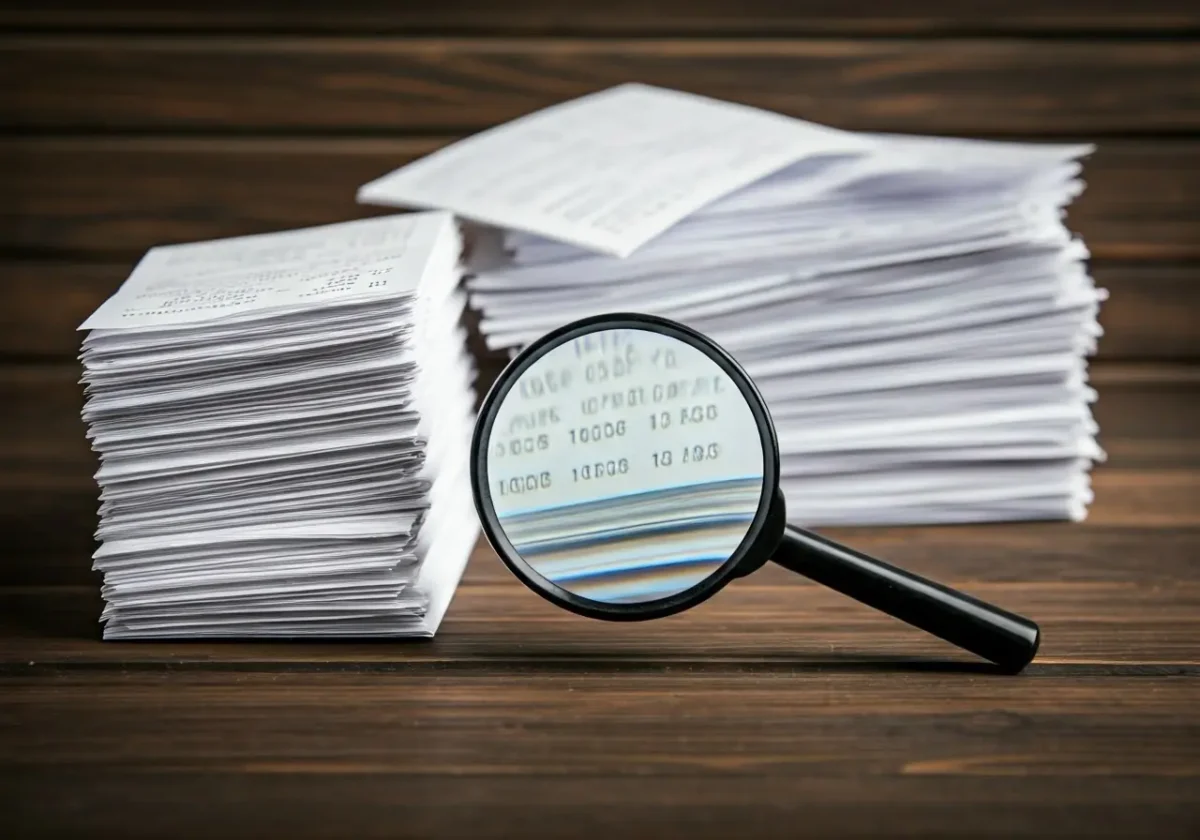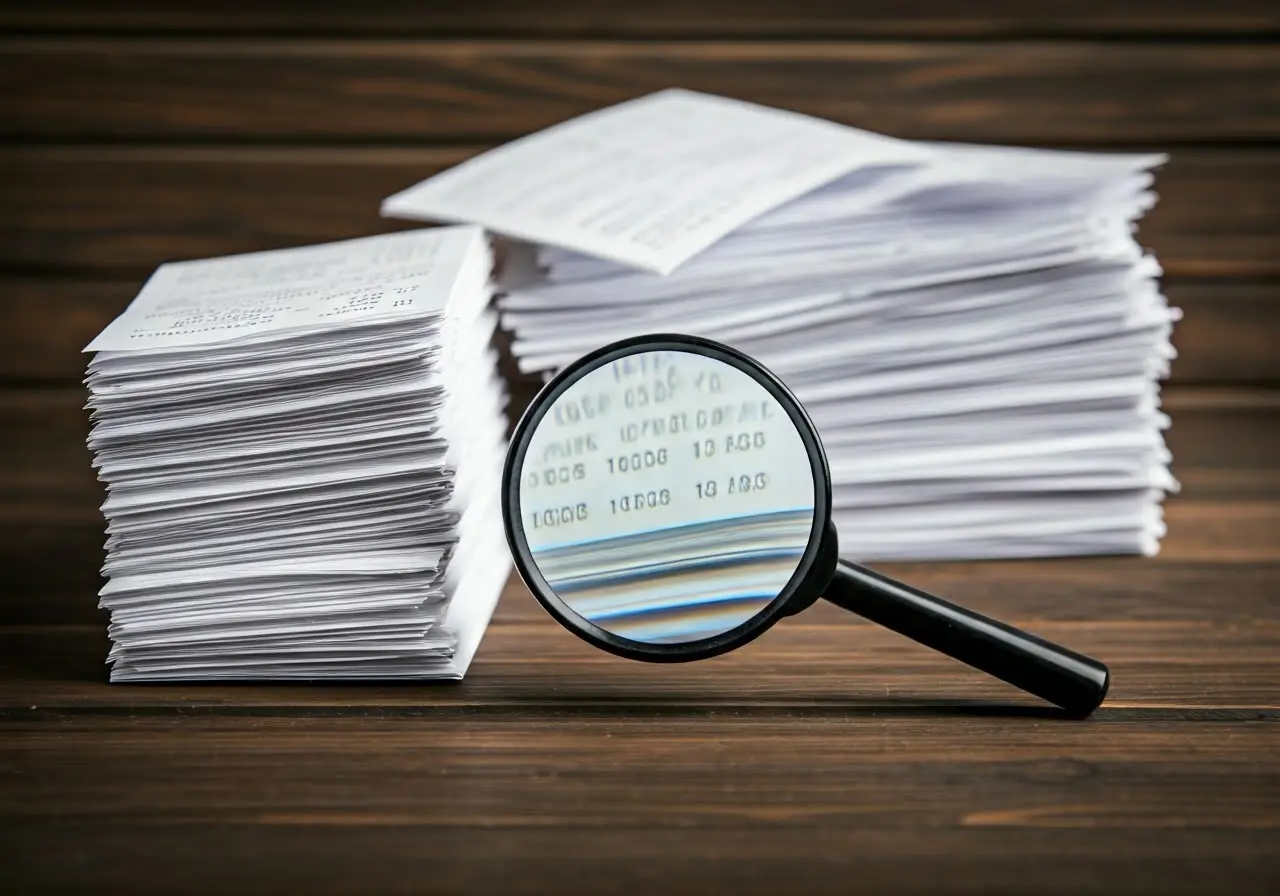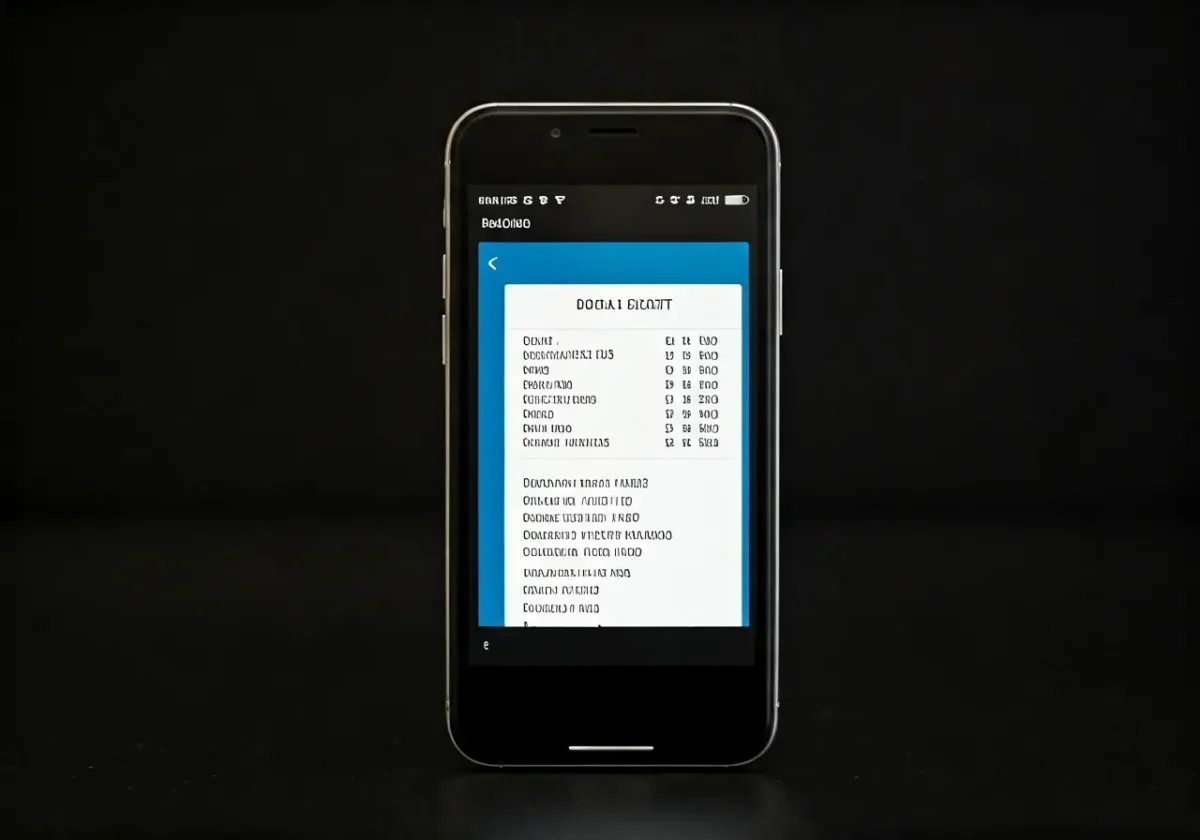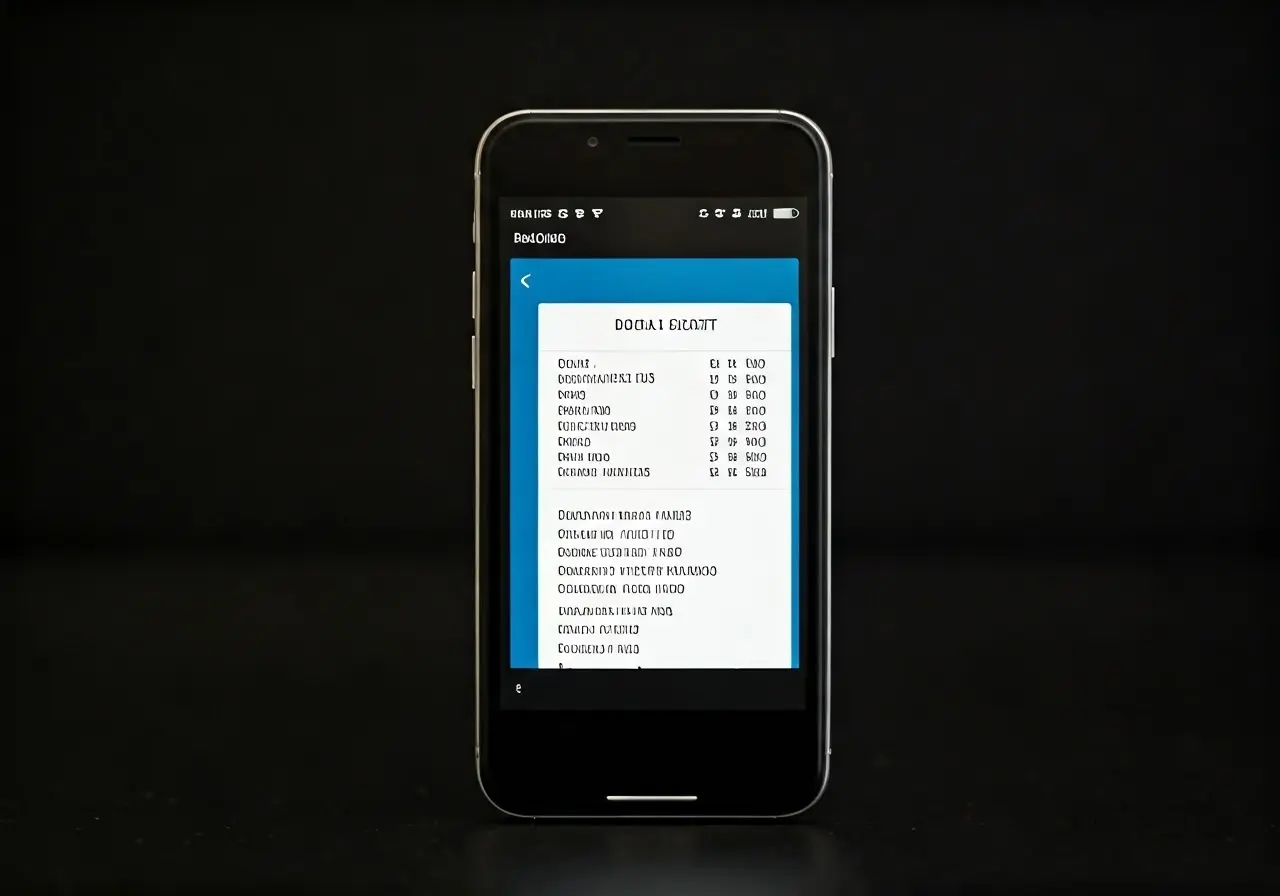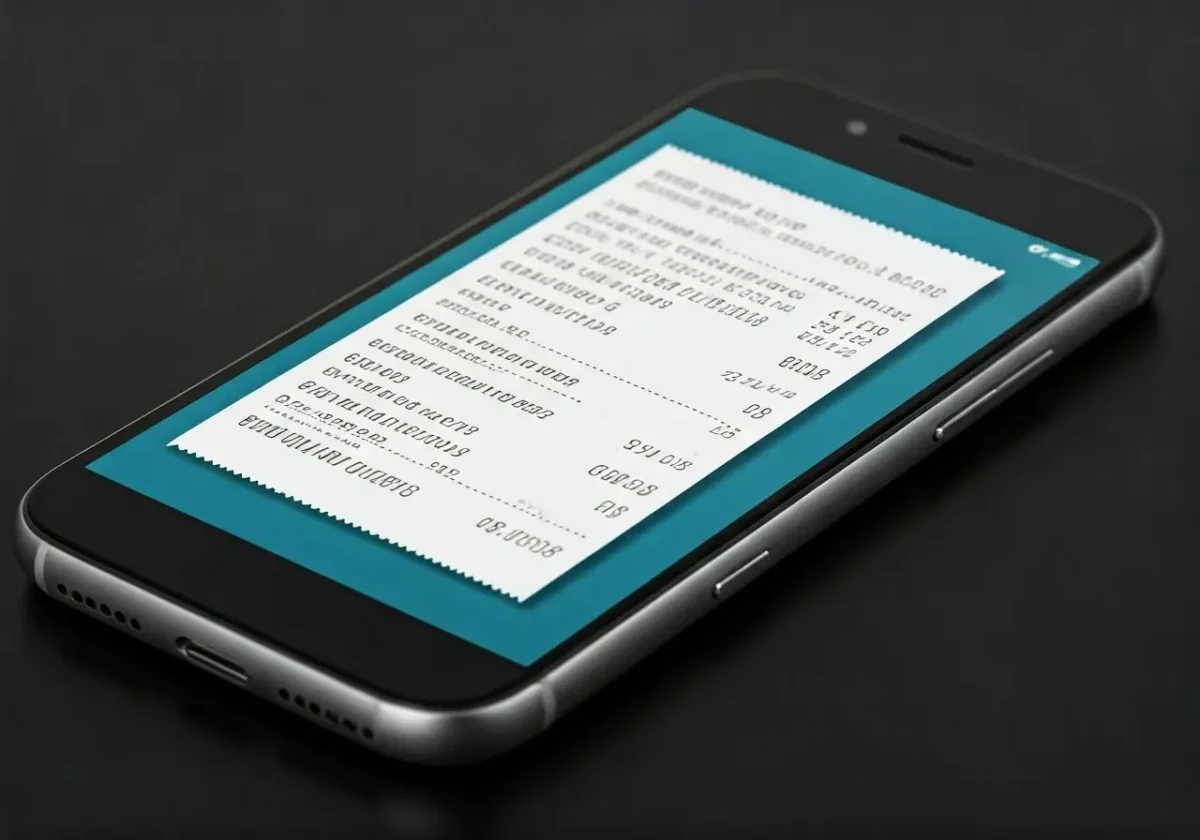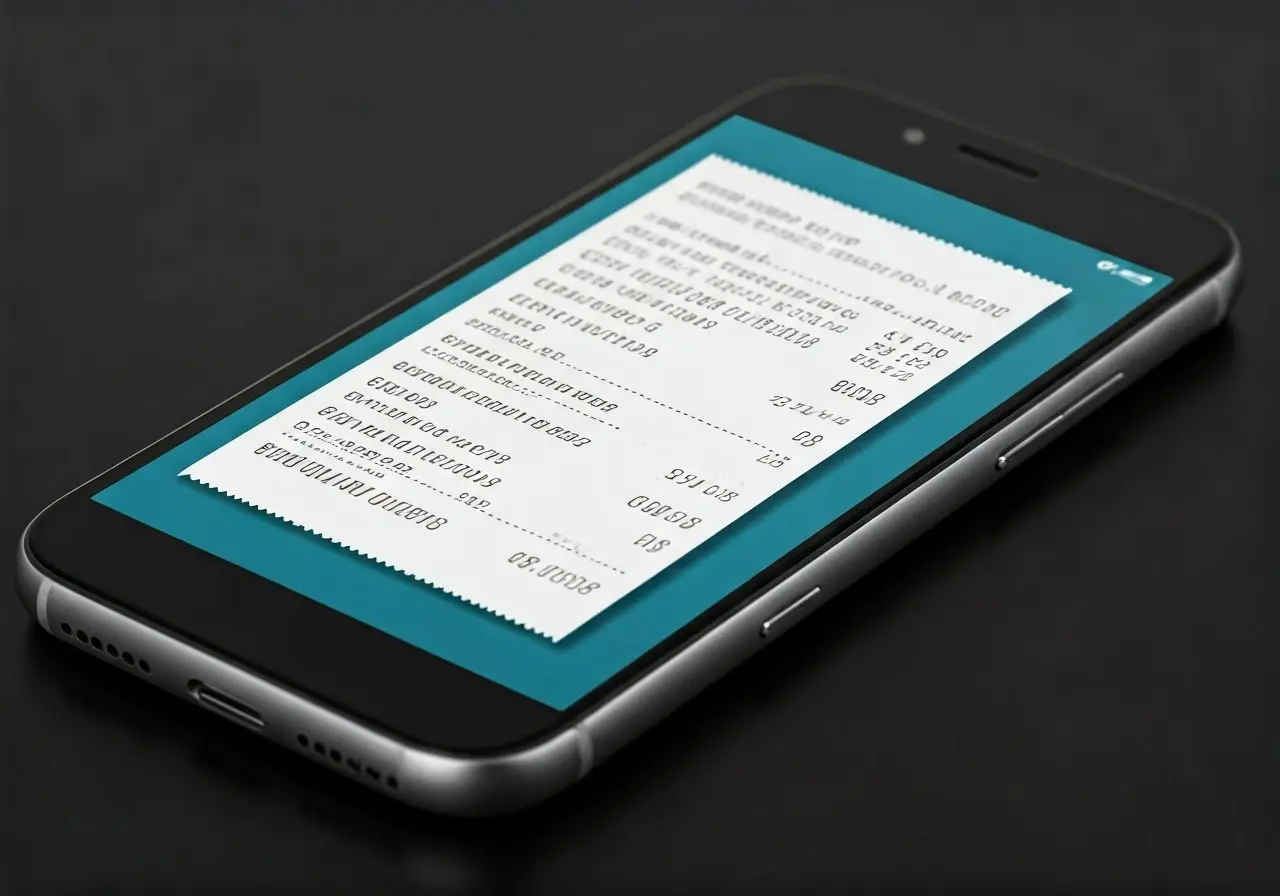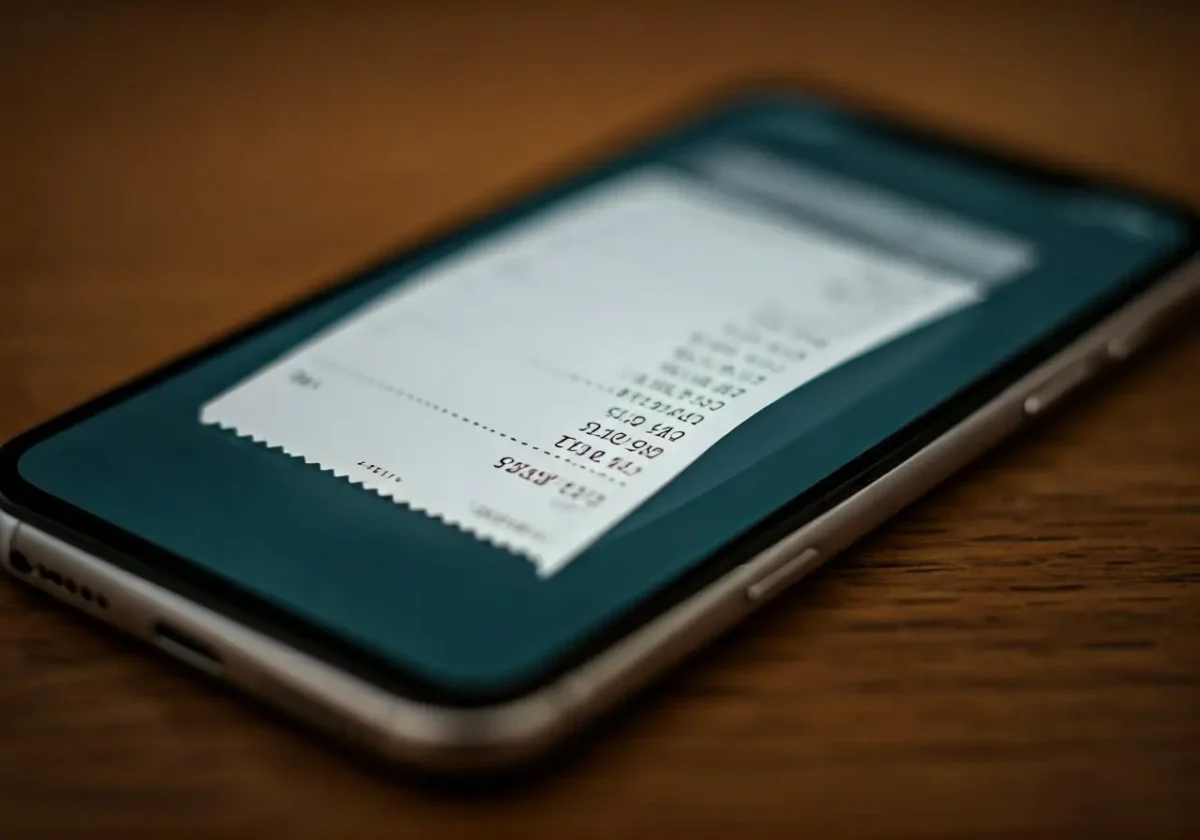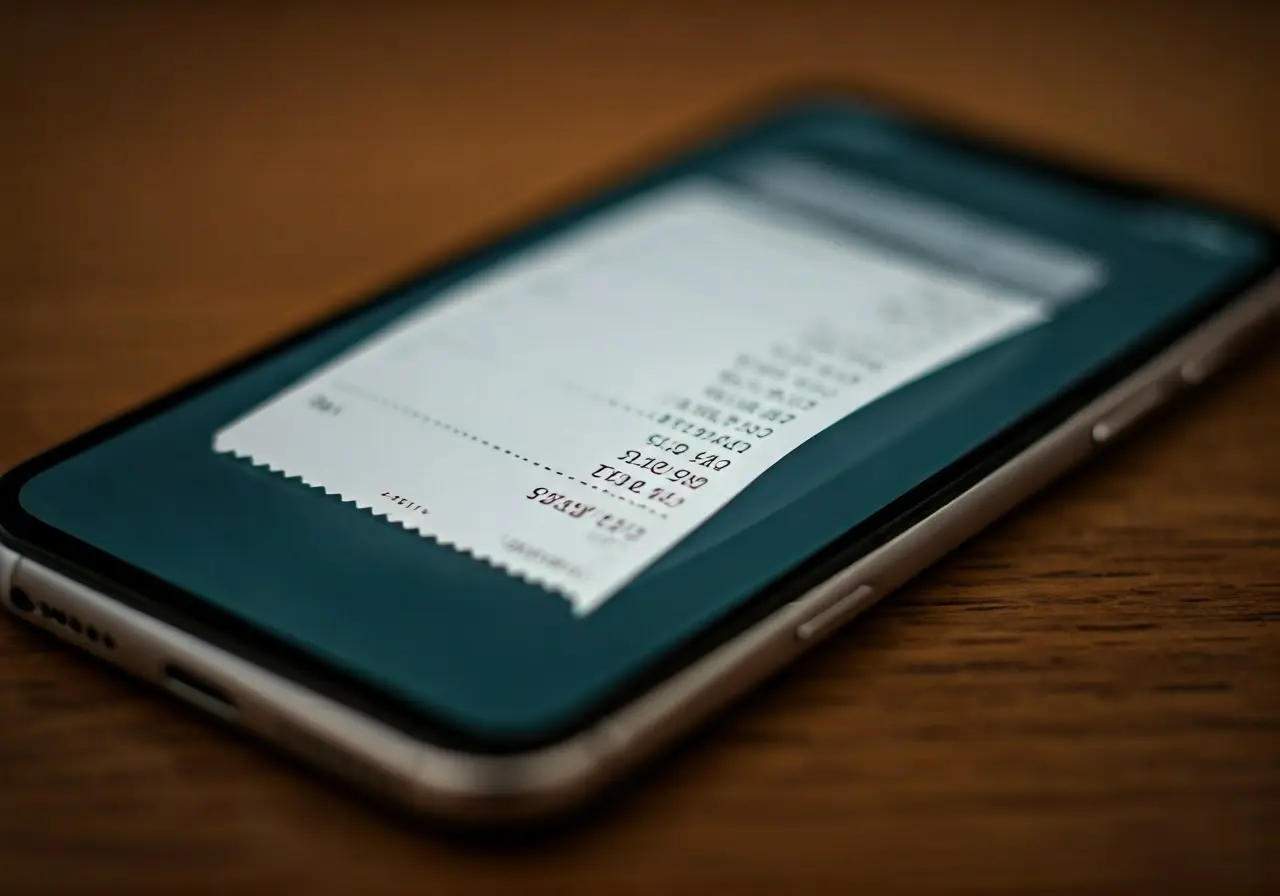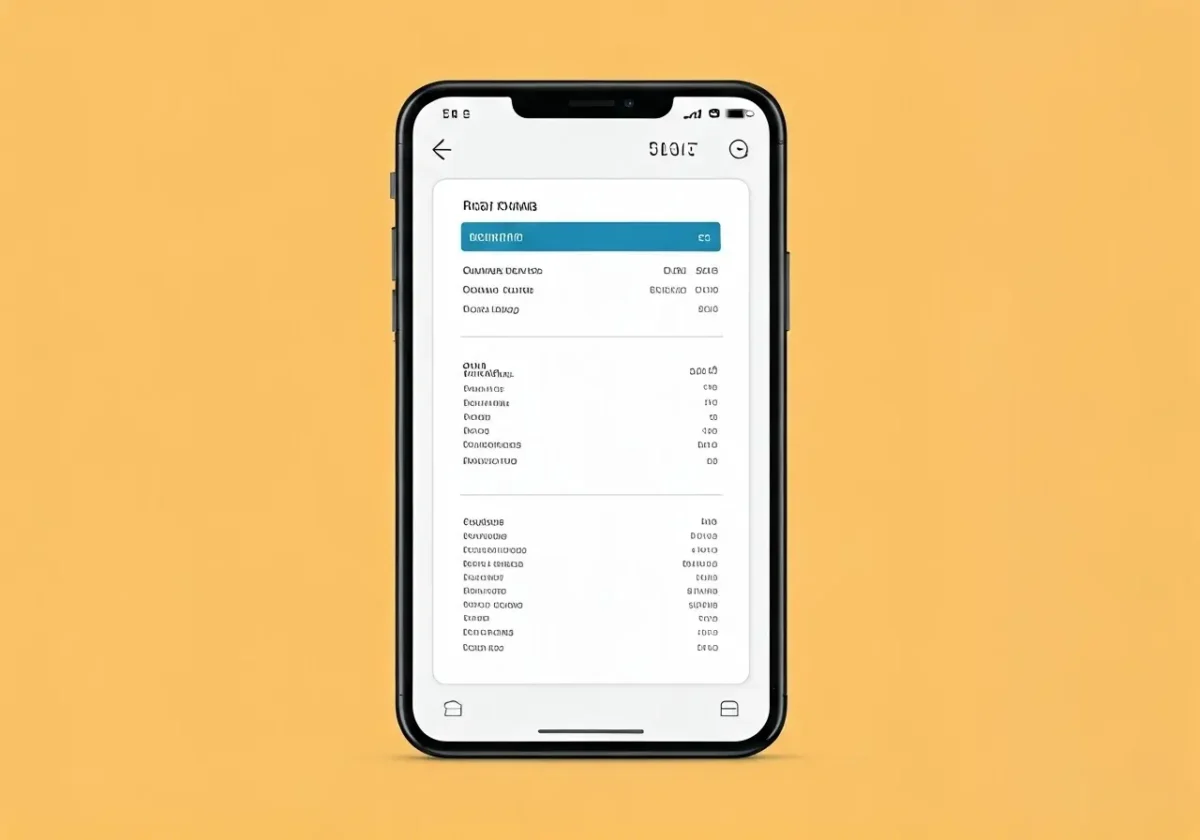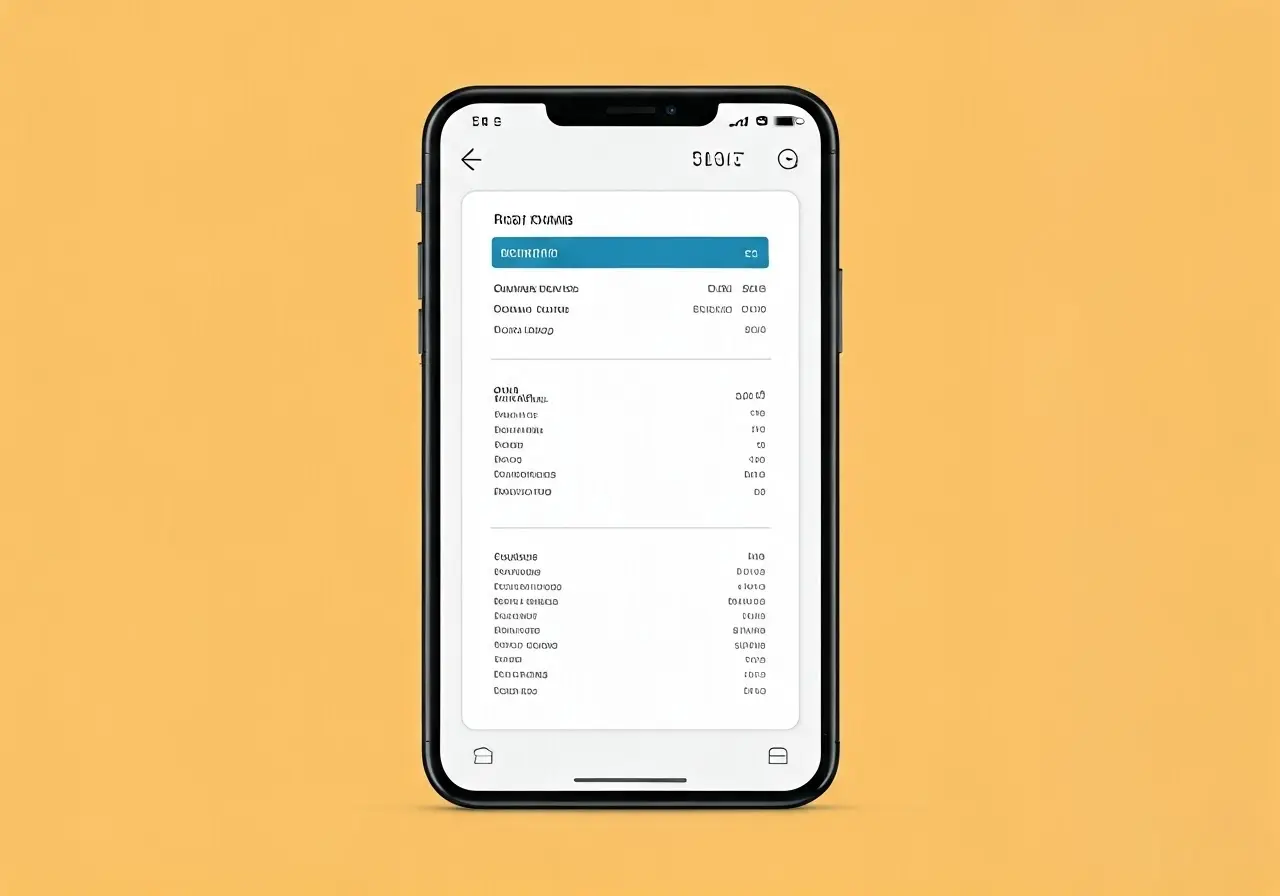In the fast-paced world of digital transformation, receipt digitization is a game-changer for businesses. It promises to streamline processes, enhance accuracy, and reduce clutter. However, if not done correctly, it can lead to inefficiencies and errors. In this guide, we’ll explore common pitfalls in receipt digitization and how to steer clear of them, ensuring a smooth and effective transition.
1. Overlooking the Importance of Data Quality
Ensuring high data quality is crucial in receipt digitization. Poor data quality can lead to inaccuracies, making it difficult to keep accurate records. Always aim for clear and complete data capture to avoid potential issues down the line.
Think about all the details that a receipt holds: the name of the vendor, date of purchase, amount, and more. Accurate data entry at the first step ensures that you aren’t playing a game of catch-up later. Errors in data not only disrupt everyday operations but also can snowball into larger issues during audits or reconciliations. Consistent accuracy is imperative.
2. Using Subpar Scanning Technology
Quality scanning technology is essential for clear and precise digital receipts. Inadequate scanners can result in blurry images and missing information, hindering your digitization efforts. Invest in reliable scanning solutions to capture details effectively.
High-quality scanners ensure every receipt is perfectly digitized, minimizing errors in data extraction. When images are unclear or incomplete, not only do the chances of incorrect entries increase, but the time needed to rectify such issues spikes. Consider investing in scanners that offer high DPI resolutions and can capture every detail of the receipt without errors.
3. Neglecting Proper File Naming Conventions
Without a standardized file naming convention, managing and retrieving digital receipts can become chaotic. Establish consistent naming standards to ensure easy access and organization of your digital receipts.
Ask any digital organization expert, and they’ll tell you that naming conventions are the backbone of systematic digital record-keeping. A system, where files quickly convey their content and context, leads to better retrieval and lesser frustration. Make it easy for you or anyone on your team to find those receipts promptly.
4. Ignoring Security Protocols
Security is paramount when handling sensitive financial information. Ensure that your digitization processes comply with security protocols to protect data from unauthorized access and breaches.
With heightened incidents of data breaches, securing digitized receipts is non-negotiable. Implement robust cybersecurity protocols that ensure encryption during transmission and storage. Routine cybersecurity awareness training for employees is also pivotal. Remember, documents may also contain sensitive client information and must be handled with utmost diligence.
Incorporating measures like two-factor authentication and consistent audits of your security protocols can help avoid potential data breaches. An advanced and updated firewall combined with regular vulnerability assessments is key for maintaining a secure digitization environment.
5. Failing to Regularly Update Software
Outdated software can lead to compatibility issues and vulnerabilities. Regular updates ensure that you benefit from the latest features and security patches, keeping your digitization process smooth and secure.
Software updates are often seen as a mere inconvenience that pops up at the wrong time. However, these updates often contain crucial patches and enhancements that impact your business’s digital security stance. Regularly updating software minimizes susceptibility to bugs and helps maintain seamless integration with other digital tools.
6. Overlooking the Need for User Training
Training staff to efficiently use receipt digitization tools is crucial. Without proper training, users may not fully utilize the features, leading to inefficient use and potential errors in digitization.
Imagine laying the foundation of a high-tech office with avant-garde equipment but no one trained to operate them. User training ensures that employees can maximize their tools’ potential. It enhances productivity and efficiency by empowering staff to troubleshoot small issues autonomously, reducing dependence on technical support for minor obstacles.
7. Skipping Backup Procedures
Backups are a safety net for your digital data. Neglecting regular backup procedures can result in data loss in case of system failures. Ensure regular and automated backups to safeguard your digital receipts.
Imagine if a technical hiccup occurred and all your hard-earned, digitized receipts just vanished without a trace. Regular backups prevent nightmares like this from becoming reality. Schedule periodic automatic backups to an external hard drive or a cloud service, or better yet, do both. Always have at least three copies of critical data stored in at least two different mediums, as per the 3-2-1 backup rule.
8. Focusing Solely on Cost Reduction
While cost reduction is a benefit, it’s not the only factor to consider. A balance between cost and quality ensures effective digitization. Prioritize building a robust system rather than cutting corners to save on expenses.
Skipping key components to cut costs often leads to further complications and, ironically, higher expenses in the long run. Ensure that cost considerations do not compromise the quality and reliability of your digitization setup. A durable, scalable system paves the way for lasting benefits, ultimately reducing TCO (Total Cost of Ownership).
9. Underestimating the Volume of Receipts
It’s important to accurately estimate the volume of receipts you’ll be handling. Underestimating can lead to inadequate storage solutions and inefficiencies. Plan for scalability to accommodate growth.
Beneath the surface of day-to-day operations, receipts mount at an ever-increasing rate. Thus, the infrastructure must be able to scale and expand with your growing needs. Proper forecasting can help prevent bottlenecks, ensuring resources are aptly allocated to accommodate voluminous data.
10. Not Integrating with Existing Systems
Integration with your existing systems is crucial for a seamless workflow. Without it, you risk creating silos and inefficiencies. Make sure your digitization solution is compatible with your current infrastructure.
Consider this: having your digital receipts siloed from your accounting software hinders streamlined communication between systems. This often increases processing time and introduces more room for errors. Ensuring integration can revolutionize workflows, coordinating multiple systems into a cohesive unit.
11. Neglecting to Set Clear Objectives
Clear objectives guide your digitization efforts. Without them, it’s easy to drift off course and lose sight of key goals. Define what success looks like for your organization to keep your project focused and on track.
Establishing clear and actionable goals sheds light on the pathway forward, propelling efforts towards a successful digitization implementation. Setting defined milestones and benchmarks aids in gauging progress, steering initiatives back on track whenever deviations appear.
12. Failing to Analyze and Optimize
Receipt digitization is not a one-time project. Continual analysis and optimization ensure that processes are efficient and aligned with your goals. Regularly review your strategy to implement improvements when necessary.
Much like technological evolution, effective receipt digitization demands constant adaptation and refinement. Implement regular reviews to identify bottlenecks. Constructive feedback loops can lead to continual improvement, ensuring your digitization process remains aligned with industry best practices and emerging technologies.
Ready to simplify your life? Download the Receipts and Returns app today and take the first step toward a paperless, stress-free shopping experience.
Click App Store & Play Store

